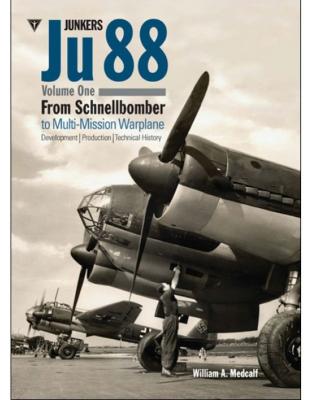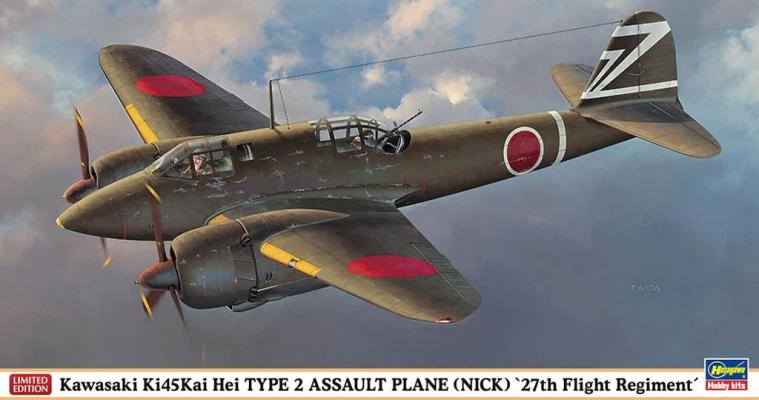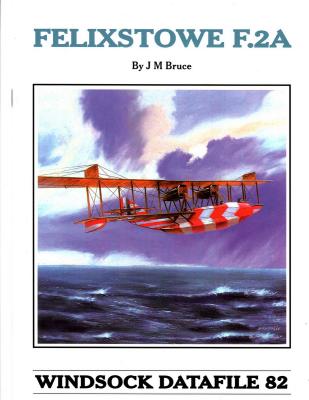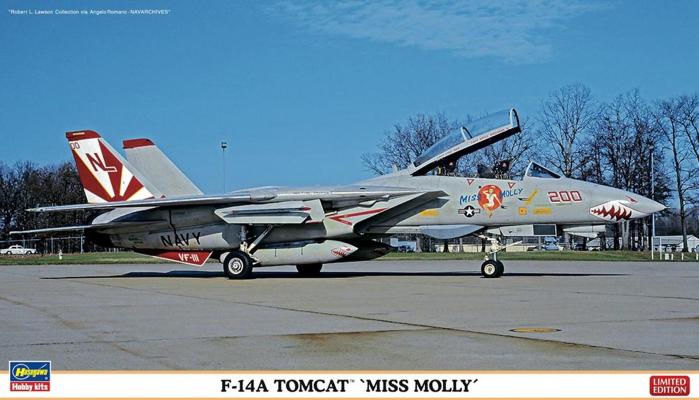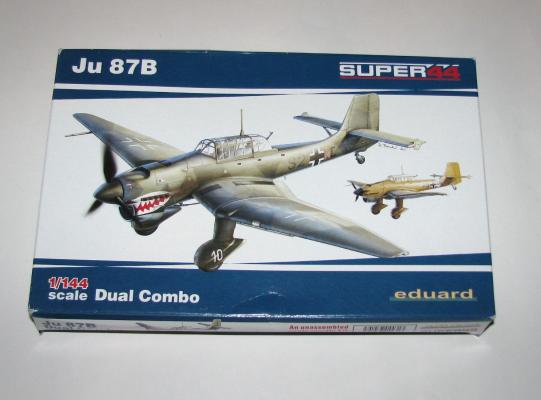History
First flown in 1935 and making its combat debut in 1936, the Ju 87 was used until the end of the war, first as a dive bomber (Until the Luftwaffe lost air superiority and it became easy pickings for allied fighters), then as a tank buster, and finally as a night attack/harassment aircraft. Arguably its biggest contribution was the fact that it became the propaganda symbol of German air power and the Blitzkrieg victories of 1939–1942. Roughly 6500 Ju 87s of all types were built from 1936-1944.
The Kit
Upon opening the box you will find an 8 page color instruction booklet, 2 sprues of injected plastic molded in grey, a VERY small photo etch fret, 2 separately bagged canopies and a very nice decal sheet. The plastic is very clean and crisply molded… but panel lines?? They are really finely done but at this scale I’m not sure they are necessary. The P/E fret is…well….small and had me wondering if my eyes were going to handle this well!











